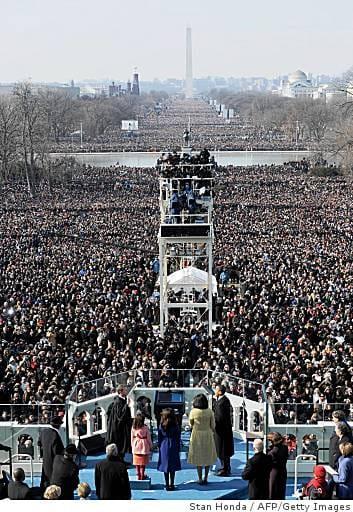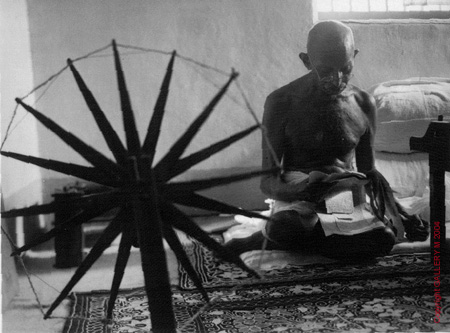The role and idea of photojournalism originates from journalism. Journalism involves reporting events by written words. Whereas photojournalism involves portraying accurate news through photos, by collecting many images, then editing the images and broadcasting them in the media, including newspapers, magazines, books, or television. This is a visually effective way to portray a meaningful story behind the image. Timelessness (to portray a meaning behind recent events), objectivity (to insure the images are official and represented accurately) and narrative (by combining facts to give viewers and readers a better understanding) are the key objectives that help distinguish photojournalism from other types of photography that exist today such as documentary, street, or celebrity photography.
Are there rules that photojournalists should follow? Why? Why not?
Yes, there are rules that photojournalists should follow. In Gordana S. Icevska’s essasy “Shooting the truth: How Photographers In The Media Betray Us”, it states the Code of Ethics of the National Press Photographers Association.
Here are a set of rules photojournalists and people who manage news production should follow on a daily basis:
1. Be accurate and comprehensive in the representation of subjects.
2. Resist being manipulated by staged photo opportunities.
3. Be complete and provide context when photographing or recording subjects. Avoid stereotyping individuals and groups. Recognize and work to avoid presenting one's own biases in the work.
4. Treat all subjects with respect and dignity. Give special consideration to vulnerable subjects and compassion to victims of crime or tragedy. Intrude on private moments of grief only when the public has an overriding and justifiable need to see.
5. While photographing subjects do not intentionally contribute to, alter, or seek to alter or influence events.
6. Editing should maintain the integrity of the photographic images' content and context. Do not manipulate images or add or alter sound in any way that can mislead viewers or misrepresent subjects.
7. Do not pay sources or subjects or reward them materially for information or participation.
8. Do not accept gifts, favors, or compensation from those who might seek to influence coverage.
9. Do not intentionally sabotage the efforts of other journalists.
The points listed above are just a set of guidelines that all photojournalists should follow. At the end of the day, it’s the photojournalist's responsibility to ensure timelessness, objectivity and narrative.
Is the ethics of taking journalistic photos different than the ethics of writing a news story?
Taking journalistic photos and writing a news story follow a similar set of guidelines. However, they both have a different publishing and broadcasting process before headlining news to the media. When a journalistic photo is taken, the photographer takes the photo, and then needs to ensure that the image is not altered after, but only enhanced (ex. changing brightness, contrast) and still portray its original meaning. When a news story is written, the process involves an individual writing a story, then proof reading it numerous times, changing any grammar or spelling mistakes, and then publishing it in the media for the public to read or view.
What's the impact of altering press photographs? Should they be edited (at all) in postproduction?
Altering press photographs should not be allowed because it can change the viewer’s perception and can impact the society in many ways. Photographs can be altered to a certain extent, and depending on its use of purpose, these changes can be very limited. Taking someone out of the photo, or placing someone in the photo, changing the background or structures, altering facial expressions and features, are all examples of alteration which are strictly prohibited as stated in the list of guidelines all photo journalists should follow. As mentioned before, only limited alteration should be done in postproduction which includes changing the brightness, contrast, etc. just to improve the quality of the image.
Photography by Famous Photojournalists

President Obama takes the oath of office in this scene from
the Capitol looking toward the Washington Monument.
Photo Credit: Stan Honda

Nguyễn Ngọc Loan executing Nguyễn Văn Lém on February 1, 1968.
Photo Credit: Eddie Adams

Gandhi
Photo Credit: Margaret Bourke-White

Union army in Washington, D.C.
Photo Credit: Mathew Brady

"Dying" Rwanda 1996: A child waits over his dying mother on the road to Kigali during exodus of Hutu refugees to Rwanda.
Photo Credit: Carol Guzy
Sources:
Photojournalism
Journalism
Photography Schools: A Brief History of Photojournalism
Shooting The Truth: How Photographs In The Media Betray Us (Essay) - By: Gordana S. Icevska

0 comments:
Post a Comment